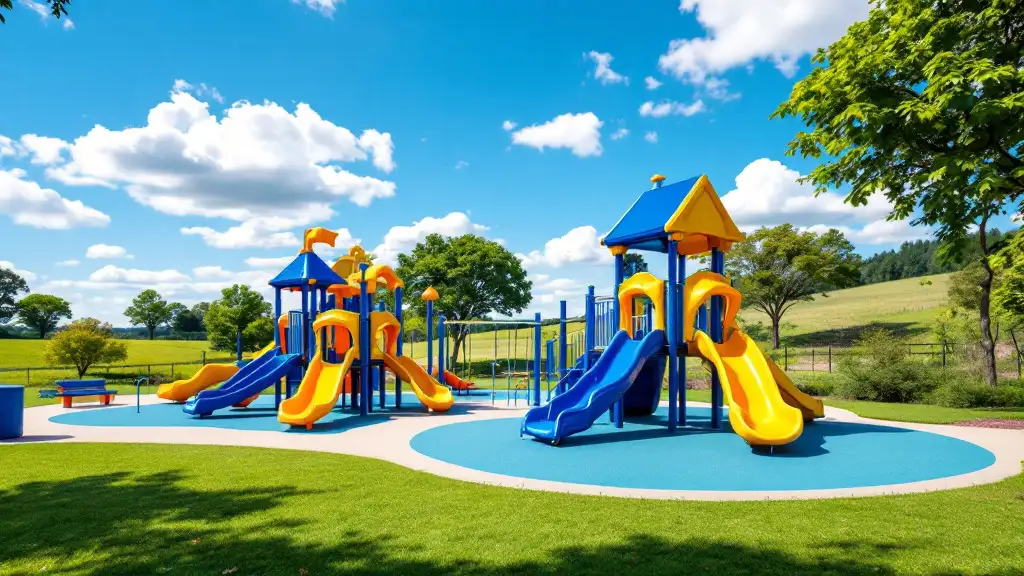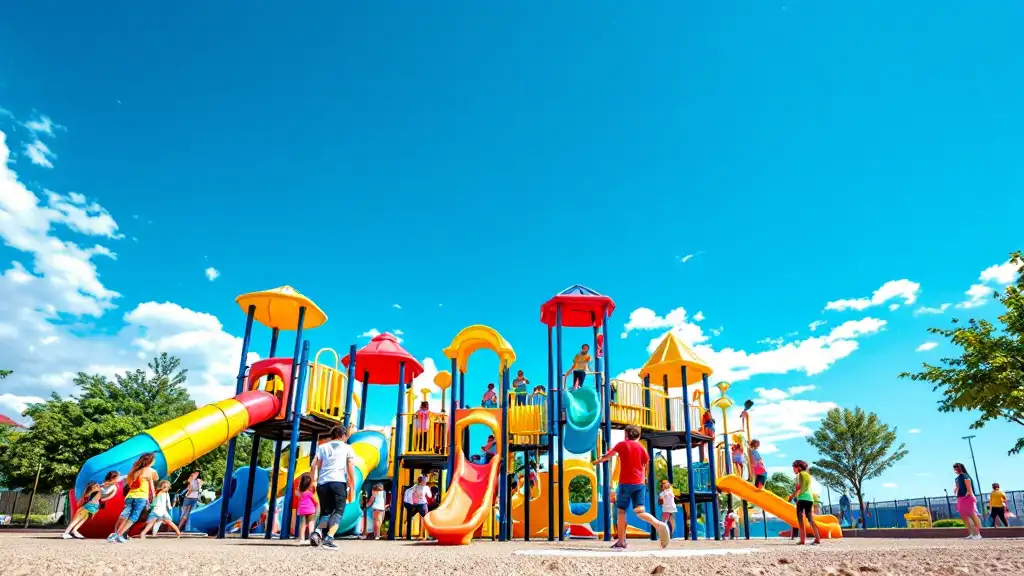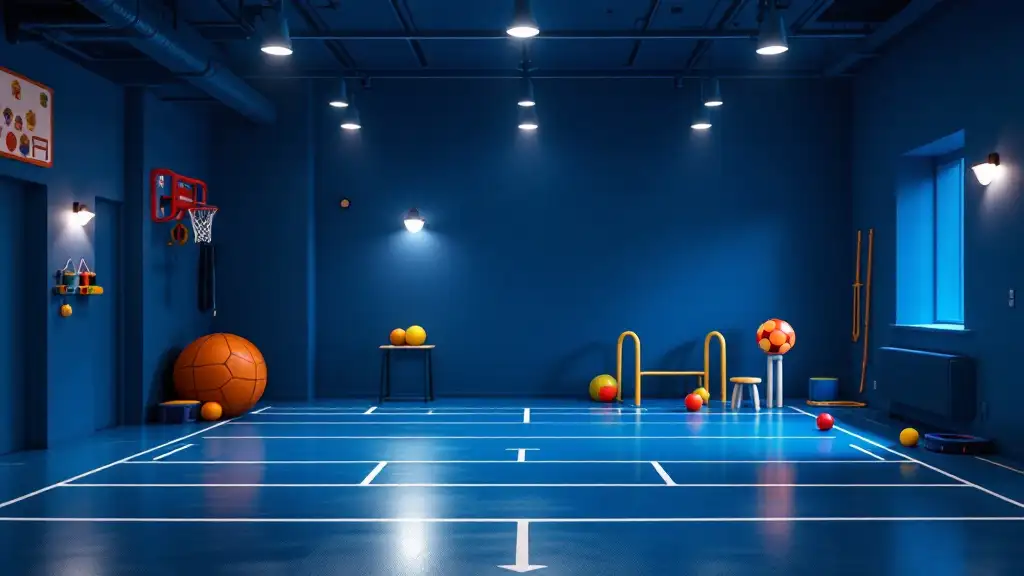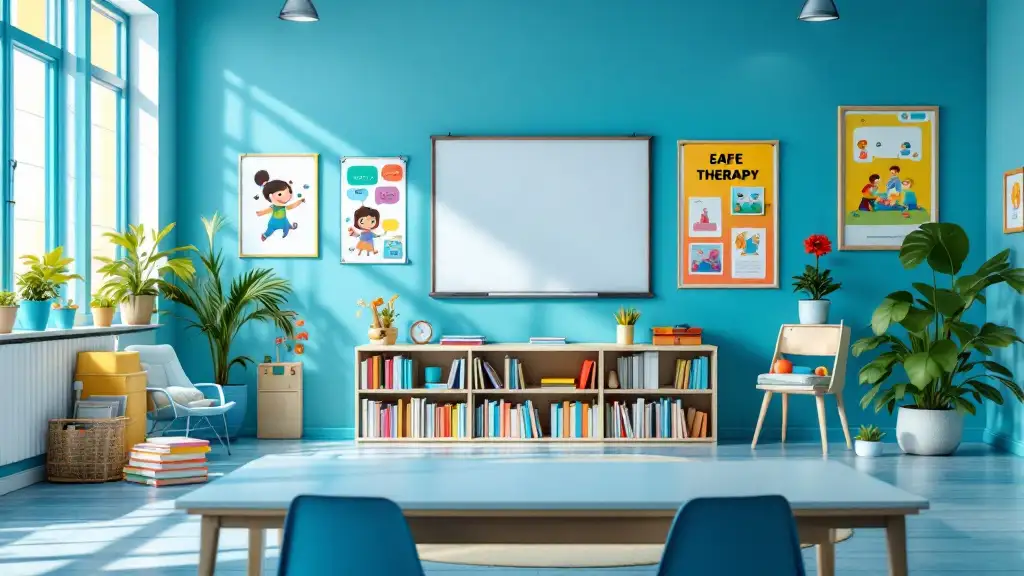
Unlocking Culinary Skills for Adults with Disabilities
Cooking is more than a basic life skill; it fosters independence, confidence, and social participation—especially for adults with disabilities. With tailored resources, adaptive techniques, and supportive environments, educators and caregivers can facilitate meaningful culinary education that addresses individual needs and abilities. This article explores effective strategies, innovative tools, and comprehensive programs designed to develop cooking skills among adults with disabilities, promoting wellness, self-sufficiency, and community engagement.
Starting with the Foundations of Accessible Cooking

How can adults with disabilities start cooking with no prior experience?
For adults with disabilities new to cooking, beginning with simple, manageable tasks is essential. Starting with easy recipes that use minimal ingredients and straightforward steps helps build confidence while reducing overwhelm. Recipes for dishes like salads, pasta, or stir-fries are great options because they require basic techniques like chopping, boiling, or mixing.
Using visual aids such as step-by-step photographs or illustrated instructions makes learning more accessible. Breaking down each recipe into small, clear steps supported by visual cues allows learners to follow along effectively. Gradually, as confidence grows, individuals can take on more complex cooking tasks.
The importance of simple recipes and clear instructions
Simple recipes are a cornerstone of accessible cooking. They are designed with short, easy-to-read instructions supplemented with visual elements. This approach helps individuals with varying abilities understand and execute steps without confusion. The use of visual recipes and task analysis—breaking down complex tasks into smaller actions—supports independence.
Clear guidance encourages learners to participate actively in meal preparation, fostering autonomy and skill mastery. Consistency in recipe steps and familiar routines also promote familiarity and reduce cognitive load.
Gradual skill-building over time
Progress in cooking skills should be steady and tailored to individual comfort levels. Starting with basic tasks like boiling water, spreading butter, or microwaving food builds foundational skills. Over time, learners can progress to chopping, measuring, and combining ingredients.
Incorporating assistive tools—such as ergonomic utensils, safety knives, and adaptive appliances—facilitates learning and safety. Reinforcement through praise and repetition cements skills, while allowing room for mistakes encourages a growth mindset.
By pacing instruction and celebrating small successes, adults with disabilities can develop lasting independence in the kitchen. This gradual approach not only enhances safety and confidence but makes cooking a rewarding and enjoyable activity.
Using Visual Recipes and Supports in Cooking Education

How can visual recipes support cooking education for adults with disabilities?
Visual recipes are powerful tools that assist individuals with disabilities by breaking down complex cooking tasks into simple, easy-to-understand visual steps. These recipes often include step-by-step photographs, diagrams, and short instructions that cater to visual learners and those with reading difficulties.
Printable PDFs and picture-based guides serve as accessible resources that individuals can refer to repeatedly, supporting independent learning and mastery of cooking skills. Visual supports help users recognize ingredients, follow actions, and understand the sequence of steps, which is especially beneficial for adults with intellectual disabilities, autism, or sensory processing challenges.
By providing clear visual cues, these recipes foster confidence, promote safety, and encourage independence in the kitchen. They also make cooking more enjoyable and less intimidating, paving the way for healthier eating habits and life skills development.
For more tailored assistance, searching for terms like "visual recipe tools for adults with disabilities" can lead to additional resources and innovative adaptations that further support inclusive cooking education.
Simple Recipes and Manageable Meal Ideas

What are some simple recipes suitable for adults with learning disabilities or special needs?
For individuals with disabilities, especially those with learning or physical challenges, choosing recipes that are easy to prepare is essential. Popular options include no-bake treats like peanut butter protein balls, which only require mixing and shaping; overnight oats, prepared by soaking oats overnight in milk or yogurt; and smoothies, blended with fruits, vegetables, and liquids. These recipes involve minimal steps, no intense cooking skills, and often require only basic utensils.
Microwave-friendly dishes such as scrambled eggs, mug cakes, or reheated leftovers make daily cooking straightforward. Fresh salads like Caprese salad or rice paper rolls are also manageable, involving steps like assembly and rolling, which can be simplified with visual guides. Kebab skewers or kebabs are another example, combining pre-cut vegetables and meats threaded onto sticks, requiring less handling and safer procedures.
These recipes are tailored to be safe, straightforward, and designed with visual cues in mind. They often break down each task into clear, easy-to-follow steps with accompanying photos or diagrams, helping promote independence and reduce frustration. Such visual supports are crucial for understanding procedures, especially for those with receptive language difficulties.
Supporting resources like the Accessible Chef website offer an extensive collection of over 300 visual recipes along with supportive tools. These include step-by-step photographs, simplified instructions, and prompts that can be gradually faded as confidence and skills develop. The goal is to foster autonomy, encourage healthy eating habits, and facilitate social participation through accessible meal ideas that users can prepare with minimal supervision or assistance.
Practical Tools and Adaptive Equipment for Accessibility
 Facilitating accessible cooking experiences requires employing a variety of practical tools and adaptations tailored to individuals with disabilities. Visual recipes that include step-by-step photos and simplified instructions help learners understand tasks more easily. These visual supports can be further enhanced with training in task analysis, breaking down complex processes into manageable steps.
Facilitating accessible cooking experiences requires employing a variety of practical tools and adaptations tailored to individuals with disabilities. Visual recipes that include step-by-step photos and simplified instructions help learners understand tasks more easily. These visual supports can be further enhanced with training in task analysis, breaking down complex processes into manageable steps.
Assistive technologies such as voice-assisted devices like Alexa, Google Assistant, or Siri serve as hands-free guides, providing prompts, timers, and measurement conversions. Cooking apps with audio instructions and visual cues support learners with visual impairments or sensory challenges, making the process more approachable.
Adaptive kitchen tools play a crucial role in promoting safety and independence. Ergonomic utensils with easy-to-grip handles reduce the effort needed for cutting or stirring. Non-slip mats and cutting boards with suction cups prevent slips during food preparation. Safety knives with dull blades or safety slicers minimize the risk of injury while maintaining functionality.
Organizational strategies are essential for efficiency and safety. Placing frequently used items within easy reach, using color-coded containers and tactile labels, and pre-organizing ingredients can streamline cooking routines. Equipment like electric can openers, food processors, and slow cookers reduce physical effort and simplify meal preparation.
For individualized solutions, consulting with occupational therapists ensures a personalized kitchen setup suited to specific needs. They can recommend modifications such as lower countertops, adapted sink fixtures, or touchless faucets, which improve access and usability.
Incorporating these tools and techniques helps create a safer, more manageable, and engaging cooking environment, fostering independence for adults with disabilities.
Educational Resources and Curricula Supporting Skill Development
There is a wide array of educational resources and programs designed to teach cooking skills to adults with disabilities. One prominent example is Accessible Chef, a website that provides over 300 free visual recipes, tailored to meet the needs of learners with disabilities. These recipes incorporate task analysis, breaking down complex cooking processes into simple, manageable steps enhanced with visual prompts. The site also offers articles on adaptive kitchen tools and a custom recipe creator to support independent cooking.
Another valuable resource is the instructional book "Teaching Authentic Cooking Skills to Adults With Intellectual and Developmental Disabilities" by Janice Goldschmidt. This guide emphasizes evidence-based teaching methods such as direct instruction, opportunities for choice, and experiential learning. It covers topics like adaptive tools, nutrition education, and cooking safety, providing educators with strategies to foster independence and confidence.
In addition, practice worksheets and online programs are widely used to reinforce skills. For example, “Kitchen and Cooking Skills Practice Worksheets” help learners develop competencies such as safety, food measurement, and ingredient handling through repetitive practice. Virtual programs like “Cooking Matters” and community-based virtual kitchens have been effective in engaging adults with disabilities, providing demonstrations, recipes, and grocery planning activities, all designed to promote self-efficacy.
Community-based curricula also play a vital role. Initiatives like the Life Skills program and community arts projects offer hands-on, adaptive activities tailored to individual needs. They incorporate sensory-friendly environments, utilize adaptive utensils, and focus on building practical independence in the kitchen. These efforts aim to improve not only culinary skills but also general life skills, health, and social participation, making cooking an empowering experience for adults with disabilities.
Instructional Strategies and Teaching Approaches
What are effective techniques and approaches for teaching cooking skills to adults with disabilities?
Teaching cooking skills to adults with disabilities requires a combination of thoughtful strategies that address diverse needs. Visual supports, such as step-by-step picture recipes, diagrams, or videos, are highly effective because many learners are visual thinkers and may struggle with reading or sequencing tasks.
Modeling and task analysis are also essential. Demonstrating each step clearly and breaking down complex cooking processes into manageable parts help learners grasp individual skills more easily. For instance, using visual aids like photograph sequences can guide learners through tasks like measuring ingredients or chopping vegetables.
Repetition and engaging practice sessions support skill retention. Repeating tasks in varied contexts reinforces learning while keeping activities enjoyable and motivating. Incorporating fun and success-based reinforcement, such as praise or small rewards, increases confidence.
Customization of teaching methods based on individual abilities and preferences is crucial. Tailoring recipes to match skill levels—starting with simple microwave heating or using pre-cut ingredients—reduces frustration and encourages independence. Adaptive tools, like ergonomic utensils, safety knives, and tactile labels, further facilitate participation.
Patience and positive reinforcement create a supportive environment conducive to learning. Allowing learners to make mistakes and encouraging experimentation fosters resilience and persistence. Involving caregivers and providers in the process enhances reinforcement and ensures consistent practice at home.
Finally, integrating assistive technologies such as voice-assisted devices or recipe apps promotes autonomous cooking. These tools provide guidance, timers, and reminders without constant supervision, empowering individuals to develop their skills confidently.
Fostering Social Skills and Community Engagement Through Cooking
What strategies can be used to develop culinary and social skills among adults with disabilities?
Developing cooking and social skills together offers a comprehensive approach to supporting adults with disabilities. Structured cooking classes tailored to their physical, sensory, or cognitive needs can create a safe and encouraging environment for learning.
Incorporating social skill development into these classes enhances peer interaction and communication. Activities like group cooking projects, discussion prompts, or teamwork exercises help build skills beyond the kitchen.
Community-based cooking groups and social clubs extend opportunities for practice and foster a sense of belonging. Participants can share meals, exchange recipes, and collaborate on cooking projects, strengthening social bonds.
Using assistive technology and adaptive tools, such as ergonomic utensils, talking timers, or voice-assisted devices, can boost independence. This not only improves culinary competence but also enhances confidence in social settings.
Overall, combining targeted culinary training with social engagement initiatives helps adults with disabilities gain essential life skills and develop meaningful relationships.
Empowering Independence in the Kitchen
Developing cooking skills among adults with disabilities requires a comprehensive approach that combines accessible resources, adaptive tools, effective teaching strategies, and community engagement. By starting with simple, visual, and manageable recipes and gradually increasing complexity, individuals can build confidence and independence. Incorporating technology, customizing kitchen setups, and involving caregivers and peers create inclusive learning environments that promote not only culinary competence but also social interaction and self-esteem. Ultimately, accessible cooking education fosters greater autonomy, healthier lifestyles, and richer social connections, making the kitchen a place of empowerment and joy for everyone.
References
- Accessible Chef – Accessible Cooking for Budding Chefs
- 8 Cooking Hacks for Chefs with Disabilities - Enabling Devices
- Teaching Authentic Cooking Skills to Adults With Intellectual and ...
- Helping Individuals with Intellectual Disabilities Learn to Prepare ...
- Cooking with Disabilities: How to Make Your Kitchen Accessible and ...
- A Pilot Study on Cooking Matters for Adults With Developmental ...
- Accessible recipes - Kamloops Self Advocate Newsletter
- Teaching Individuals with Developmental Disabilities Basic Cooking ...
- Nutrition Education Skills Development for Adults with Disabilities
- Teaching the Art of Cooking to People with Special Needs












